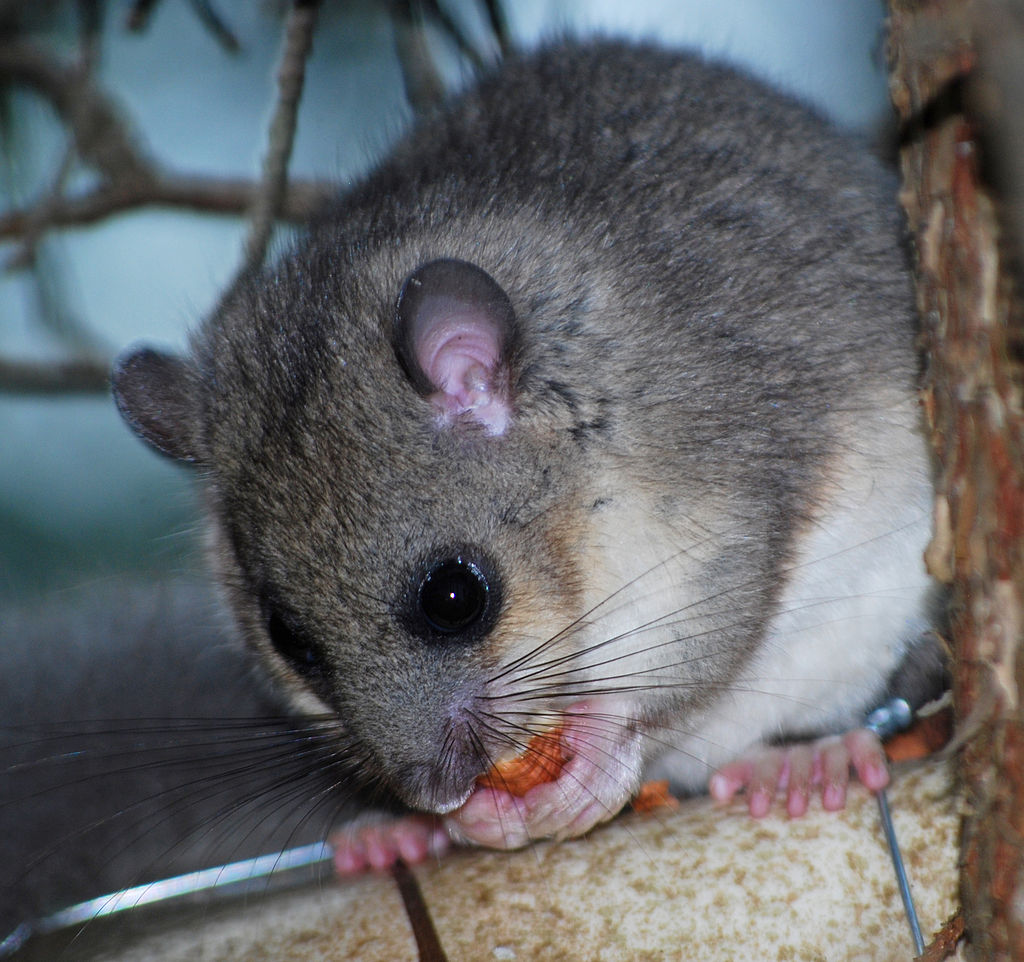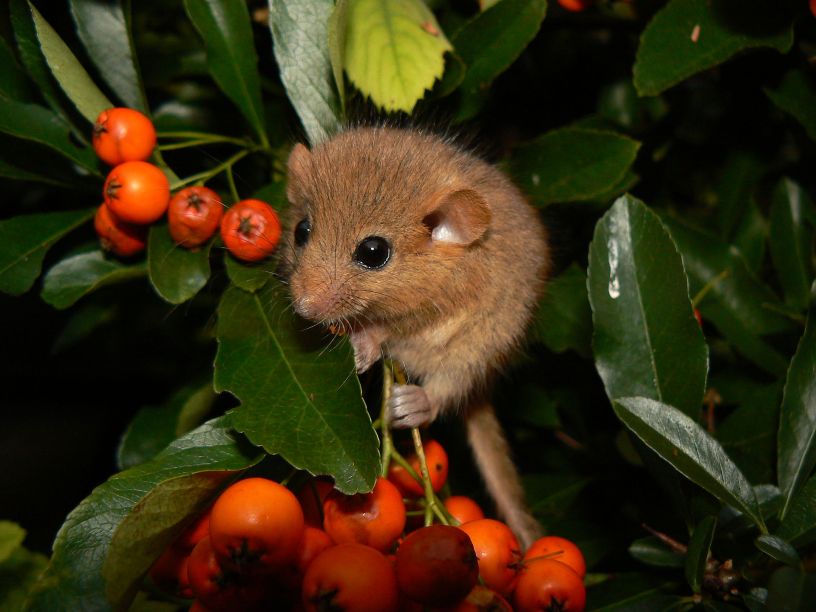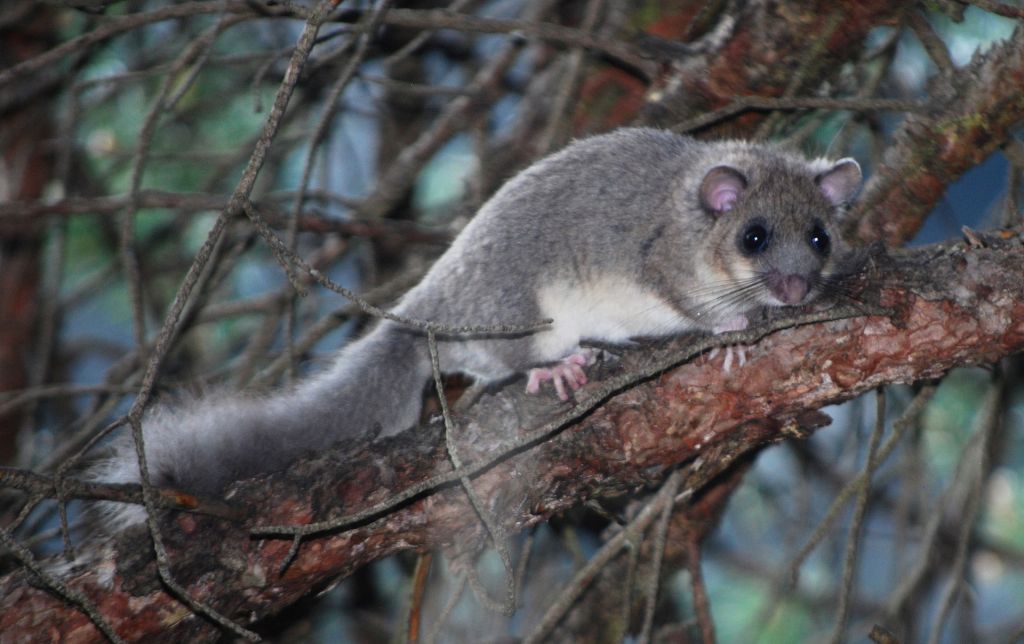Anyone who’s read or watched Alice in Wonderland will have heard of the dormouse. But do you actually know what a dormouse is? I always assumed it was just a mouse that was also a doorkeeper. Turns out I was quite wrong.
There are currently 29 species of dormouse in the family Gliridae. They are found in a wide range, including sub-saharan Africa, Europe, China and Japan, though most species are found in Europe. They live in a variety of habitats, such as forest, shrubland, savannah, and desert. Almost all species are at least semi-arboreal, and there is only one that is exclusively ground-dwelling.
Dormice are rodents, though they resemble squirrels more than mice. Most species have large, bushy tails, short limbs and broad feet. They have evolved to be excellent climbers, with arboreal species having toe pads that help them grip branches. Dormice reach lengths of 6 to 19 cm, and usually don’t reach weights over 180 g.
Dormice are known for their incredible ability to sleep. Species living in temperate zones hibernate during cold weather, sometimes sleeping for the majority of the year (one species has been observed to hibernate from August until May!). Dormice actually get their common name from their penchant for sleep; the word dormeus means ‘sleepy one’, and has since been altered into the recognizable form it has today.
Dormice mate shortly after waking from hibernation. Mating rituals differ between species; in one males follow females around while making a variety of noises, in another females whistle to get the attention of males. Once females are ready to give birth, they retreat into nests. These are generally built in trees, and are globular in shape. In some captive species, male dormice have been observed to stay and help with the pups, but this behaviour has not been seen in the wild.

As small rodents, dormice are quite susceptible to predation. They deal with this in a number of ways. They are nocturnal, so there are fewer predators around when dormice are active. When threatened, dormice will bite, hiss and spit at their assailants. Some species can also detach their tails and regrow them if necessary. These strategies don’t completely solve predation, and owls remain the most common predator of dormice.
Although the thought of eating rodents might seem a little odd to us, dormice were (and still are, in some places) considered a delicacy. The Romans in particular liked to eat the fat dormouse, and fattened them up in special enclosures called glirariums (presumably from which the family name is derived). I don’t know if I’d want to eat a dormouse, but who knows, they might be delicious.
Cover image by Danielle Schwarz, CC BY-SA 3.0, via Wikimedia Commons


Great Post and pics
Thank you!!
welcome